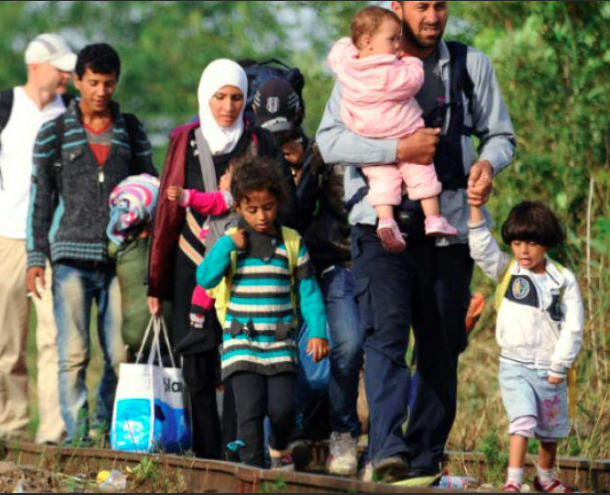 |
| Photo credit: cnews.fr |
Coordinated Response to Migrant Disasters
In the event of a migrant disaster, a coordinated response from multiple agencies is crucial for managing the investigation and providing assistance. The involvement of agencies can vary depending on the country, the nature of the disaster, and the complexity of the situation. The following are examples of how different agencies respond to migrant crises, demonstrating the need for international cooperation and a multi-agency approach.
The Role of European Union Border Agency Frontex
One of the key agencies involved in managing migration-related crises in Europe is Frontex, the European Union's (EU) border agency. Frontex plays a vital role in coordinating responses and investigating migrant disasters, as seen in the 2023 Calabria migrant boat disaster in Italy. In this case, both the Italian government and Frontex collaborated to investigate the incident, illustrating the agency's importance in managing border-related crises. Frontex also faced scrutiny following a migrant boat tragedy off the coast of Greece, reflecting the challenges it faces in handling such events while balancing operational effectiveness and accountability.
International Organization for Migration (IOM) and Data Support
The International Organization for Migration (IOM) is another major player in the global response to migrant disasters. The IOM provides valuable data and insights about migration routes, trends, and challenges, which are essential for contextualizing incidents. Following the Calabria disaster, the IOM’s data helped shed light on the broader migration patterns that contributed to the event. Their role in providing context and supporting coordinated international responses helps to inform both immediate action and long-term policy decisions.
Local Law Enforcement and Medical Examiners in the United States
In the United States, local law enforcement agencies and medical examiners are often involved in the investigation of migrant deaths, particularly along the U.S.-Mexico border. However, the extent of their involvement can vary significantly. In some areas, there is limited tracking of migrant deaths, making it difficult to assess the true scope of the crisis. Nonetheless, local agencies play a key role in identifying victims, documenting the circumstances of their deaths, and managing the legal processes that follow such tragedies.
Non-Governmental Organizations (NGOs)
Non-governmental organizations (NGOs) often fill critical gaps in the response to migrant disasters. These organizations frequently provide humanitarian assistance, advocate for migrant rights, and even participate in investigations. For example, the Annunciation House in El Paso, Texas, is one such NGO offering shelter and support to migrants. Their presence in border regions allows for a more personalized and immediate response to the needs of those affected by migration crises, providing everything from basic necessities to legal aid.
The Importance of International Cooperation
Given the global nature of migration, international cooperation is essential in addressing the challenges posed by illegal immigration and migrant disasters. Countries can work together through international agreements such as the Global Compact for Safe, Orderly, and Regular Migration, which outlines the rights of migrants and the responsibilities of nations. This compact covers the entire migration process, from addressing the drivers of migration to integration in destination countries.
In Europe, cooperation with non-EU countries is also critical, as it enhances border security and facilitates the sharing of vital information to combat illegal immigration. For instance, the EU has prioritized cooperation with non-member states to manage external borders, prevent illegal employment, and improve return policies for undocumented migrants.
Pathways for Regular Migration and Border Security
One of the most effective ways to combat illegal immigration is by establishing regular pathways for migration. This involves close cooperation between countries of origin and destination to create legal avenues for migration, which can undermine the power of smugglers and traffickers. For example, the United States has worked closely with countries like El Salvador, Guatemala, and Honduras to address irregular migration and enhance border security through information sharing.
Moreover, innovative steps to protect asylum-seekers and ensure their safety at international borders are vital in responding to the growing number of vulnerable migrants. By strengthening their capacity to respond, countries can ensure that their policies meet humanitarian standards while addressing security concerns.
Conclusion: A Global Challenge Requiring Global Solutions
Migrant disasters are complex events that demand a coordinated, multi-agency response. From international organizations like the IOM to local law enforcement and NGOs, a wide range of actors must work together to address the needs of migrants and investigate the causes of such incidents. Furthermore, international cooperation is crucial for developing long-term solutions that respect the rights of migrants, enhance border security, and provide legal pathways for migration. In an increasingly interconnected world, managing migration and responding to disasters requires collaboration across borders and sectors to build a future where migration is safe, orderly, and humane.
Sources:
No comments:
Post a Comment